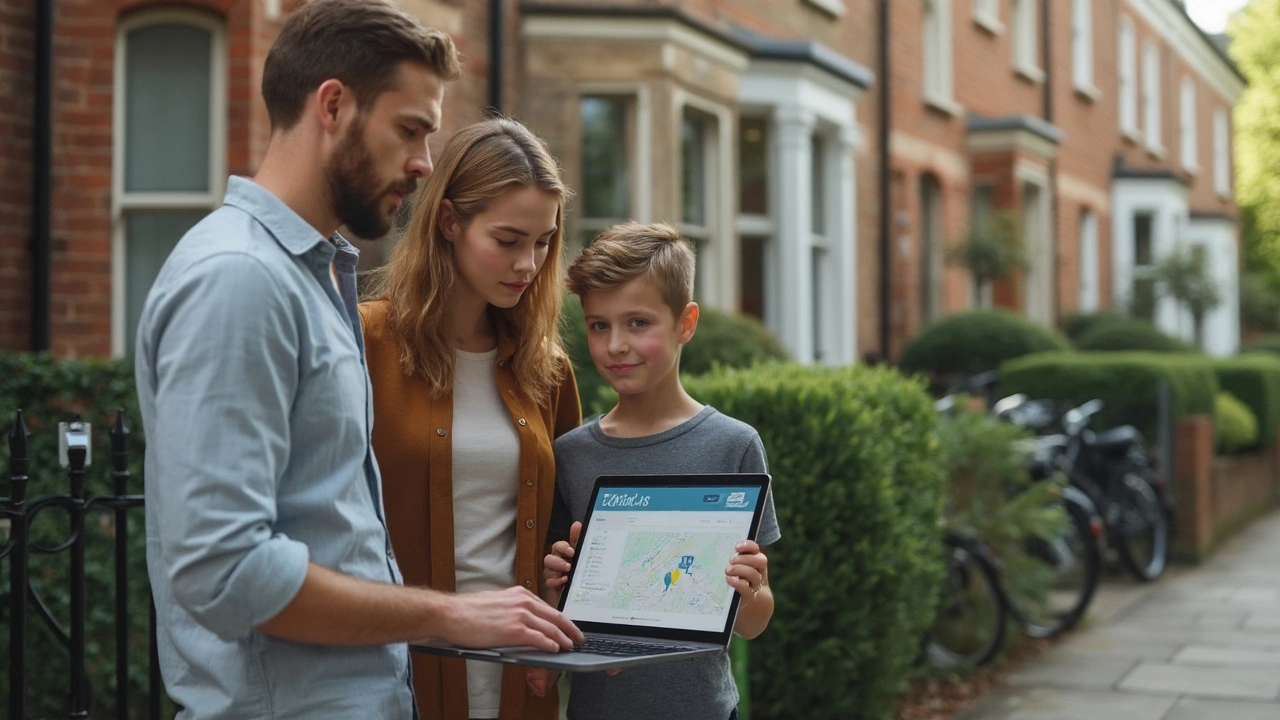Zillow Estimate Explained: What It Is and How to Use It
If you’ve ever wondered how much your house is worth, you’ve probably seen the term “Zillow estimate” pop up on a web search. It’s a quick, free tool that shows an approximate value for any address in the U.S. The number is called a "Zestimate" and it’s generated by Zillow’s computer algorithms. While it’s not a formal appraisal, many people use it as a starting point when they think about buying, selling, or refinancing.
What Is a Zillow Estimate?
A Zestimate pulls data from public records, recent sales, tax assessments, and user‑submitted info. The system then runs a statistical model that predicts what a typical buyer might pay for the home today. Because the model looks at trends across neighborhoods, it can give a ballpark figure in seconds. However, the estimate can be off by a few thousand pounds, especially in areas with few recent sales or unique features like a pool or loft.
Unlike a professional appraisal, a Zillow estimate doesn’t involve a person walking through the house. It can’t see a freshly renovated kitchen or a cracked foundation. That’s why Zillow adds a confidence range – a high and low estimate – to show the possible spread. If the range is wide, it means the data isn’t strong enough to be precise.
Tips to Make the Most of Your Zillow Estimate
1. Update the home facts. If you know the square footage, number of bathrooms, or recent upgrades, log into Zillow and claim the home. Adding accurate details narrows the confidence range and brings the estimate closer to reality.
2. Compare with nearby sales. Look at the "recently sold" section on the same page. If similar houses in your street sold for $450k–$470k, and your Zestimate is $420k, you likely have room to adjust expectations.
3. Use the estimate as a conversation starter. When you talk to an agent or a lender, bring the Zestimate along with other market data. It shows you’ve done homework, but also signals that you need a professional opinion for a final decision.
4. Watch seasonal trends. Home values can shift with the market. A Zestimate from six months ago might not reflect current demand. Refresh the page regularly, especially if you’re planning to list soon.
5. Don’t rely on it for legal matters. Courts, banks, and tax authorities usually require a formal appraisal. A Zillow estimate is great for curiosity and early planning, but it’s not a legal document.
When you combine a Zillow estimate with a few extra steps – updating facts, checking nearby sales, and talking to an expert – you get a solid foundation for any real‑estate move. It saves time, cuts down on guesswork, and helps you set realistic expectations.
Bottom line: A Zestimate is a handy snapshot, not the final word. Use it to gauge the market, then bring in a professional for the fine details. That way you stay informed, avoid surprises, and make smarter decisions about your property.

Is a Zillow Estimate Accurate? What You Need to Know Before You Trust the Zestimate
Curious if you can trust Zillow’s Zestimate when figuring out your home’s value? This article breaks down how the popular tool works, what data it uses, and how accurate it really is. We’ll look at the pros and cons of depending on Zestimate versus getting a real appraisal, and share some smart tips on how to double-check your home’s value. Whether you’re selling, buying, or just nosy about your neighbor’s house, you’ll get honest advice you can use.